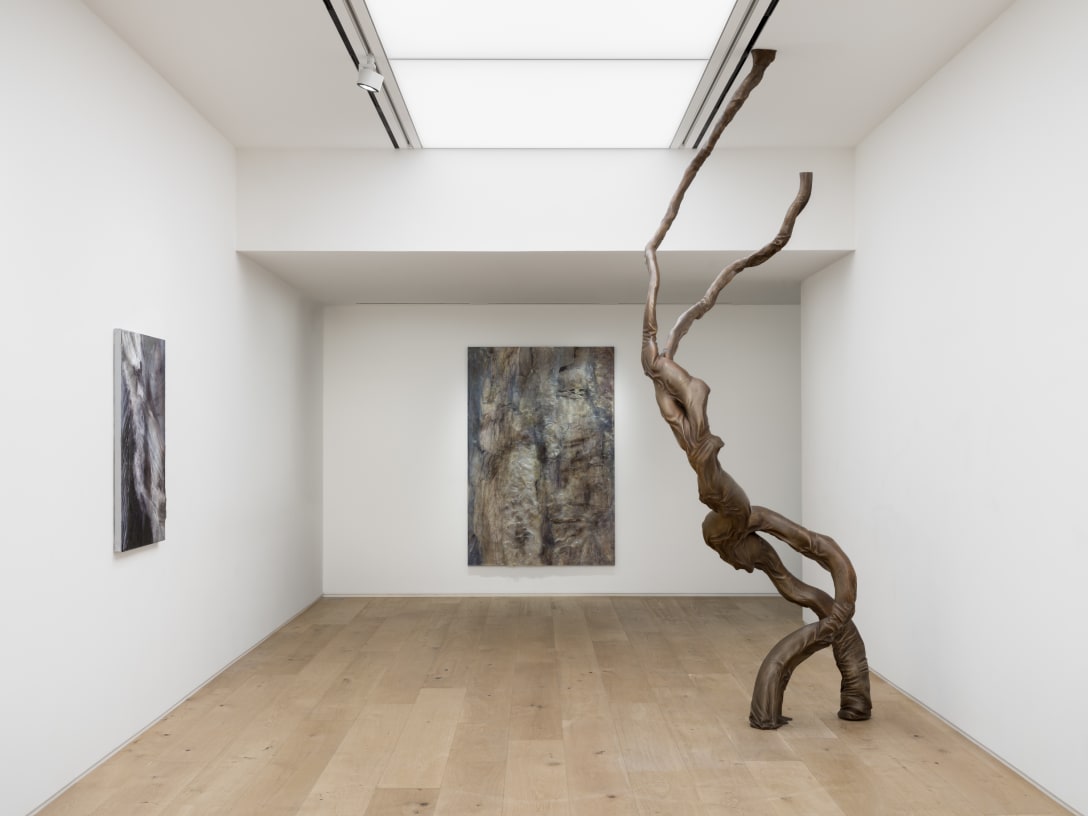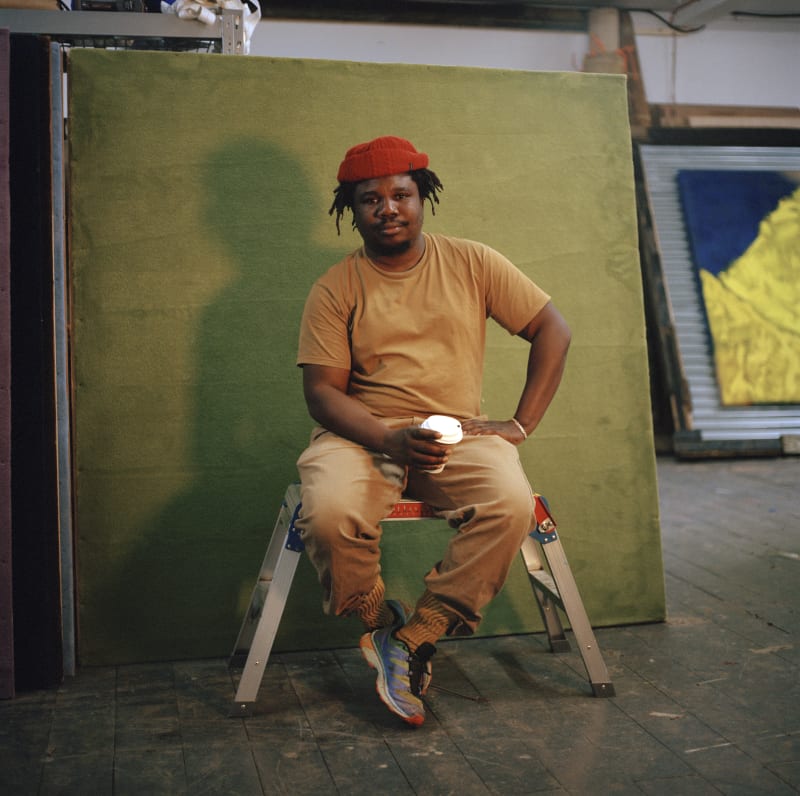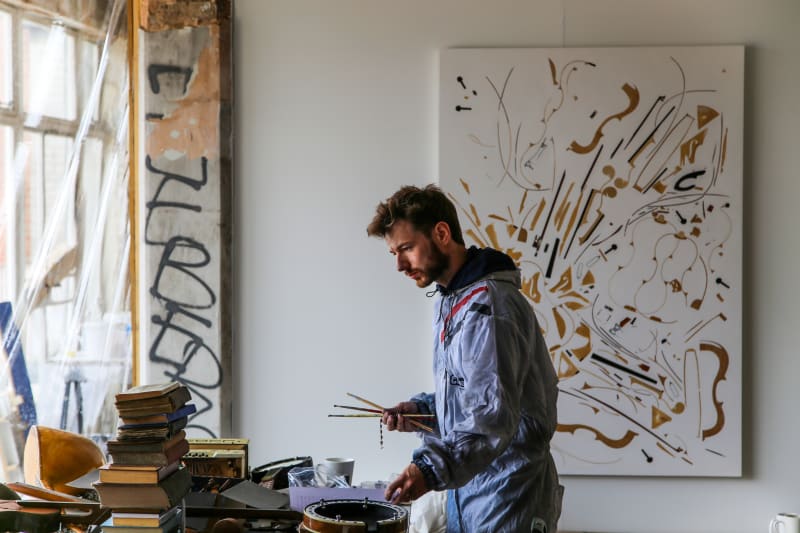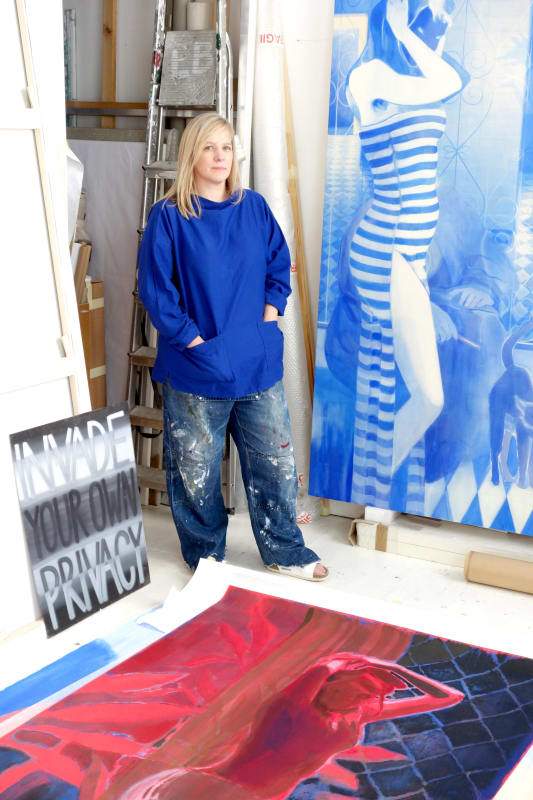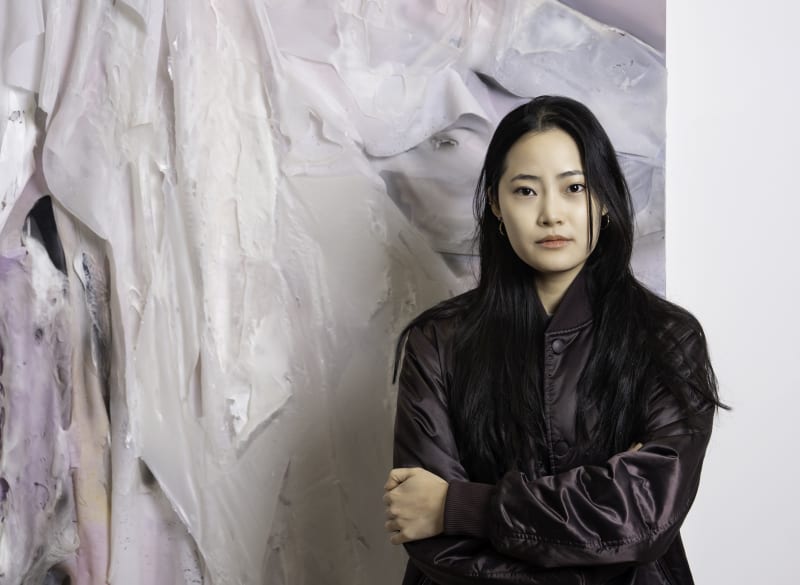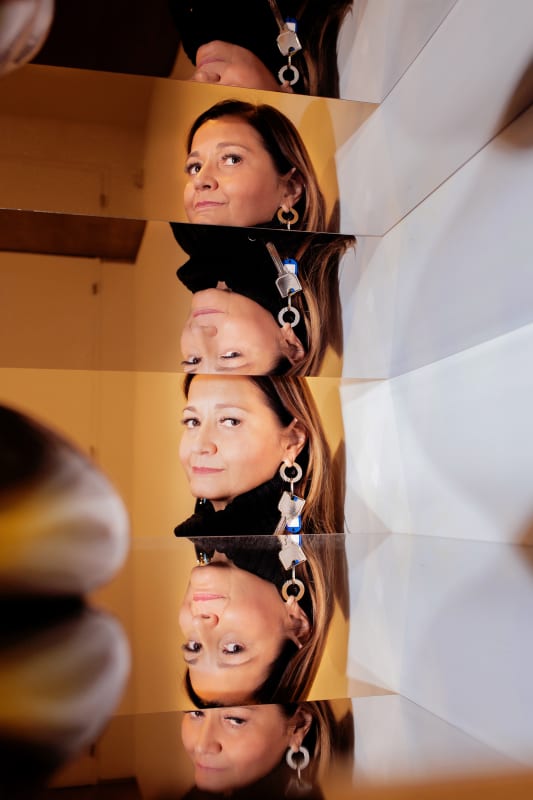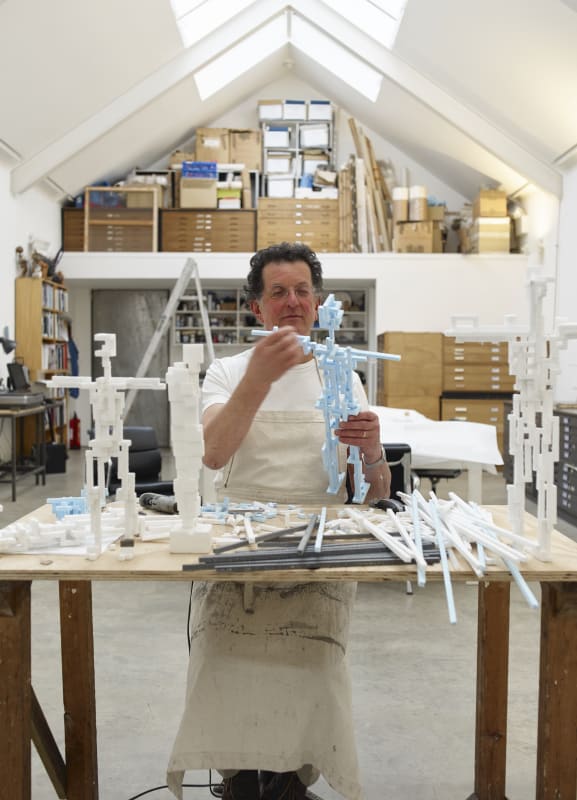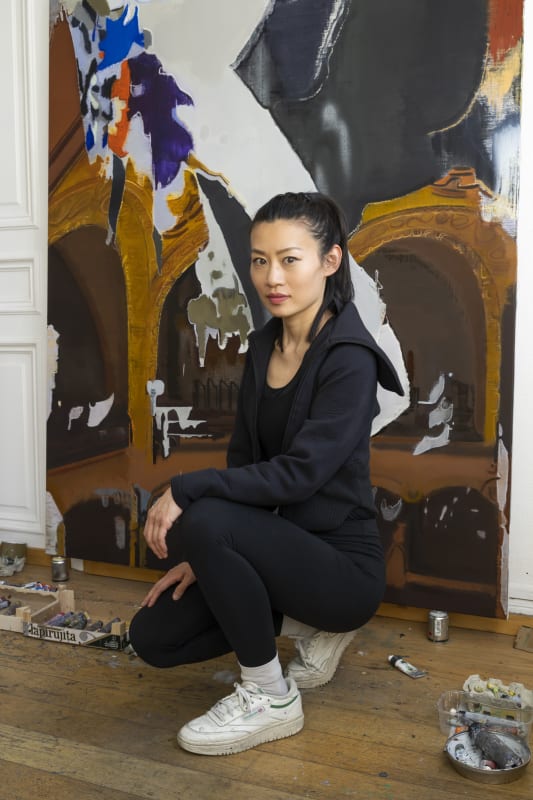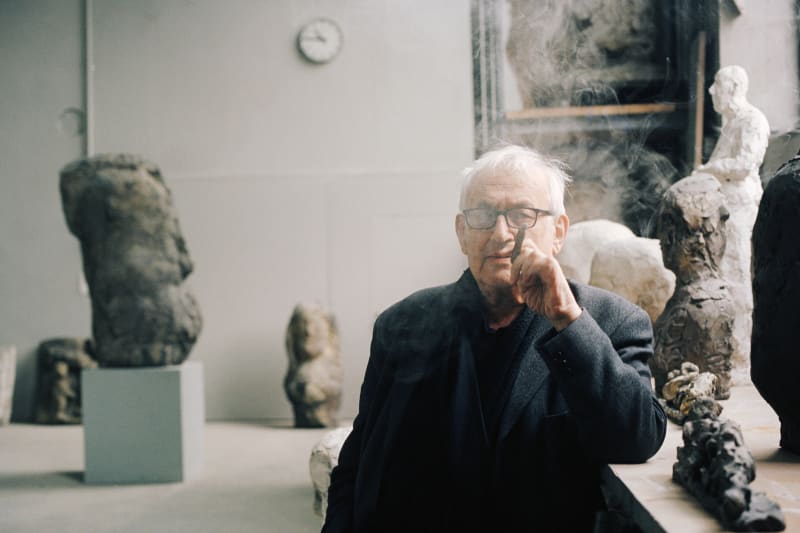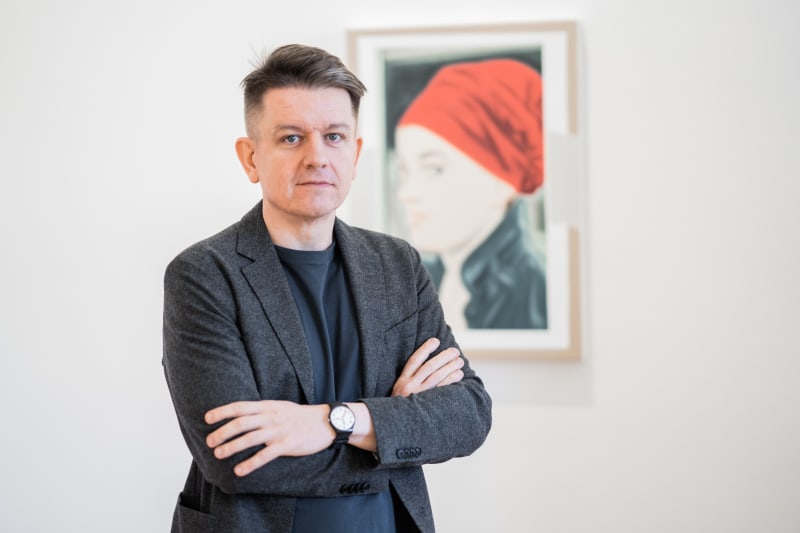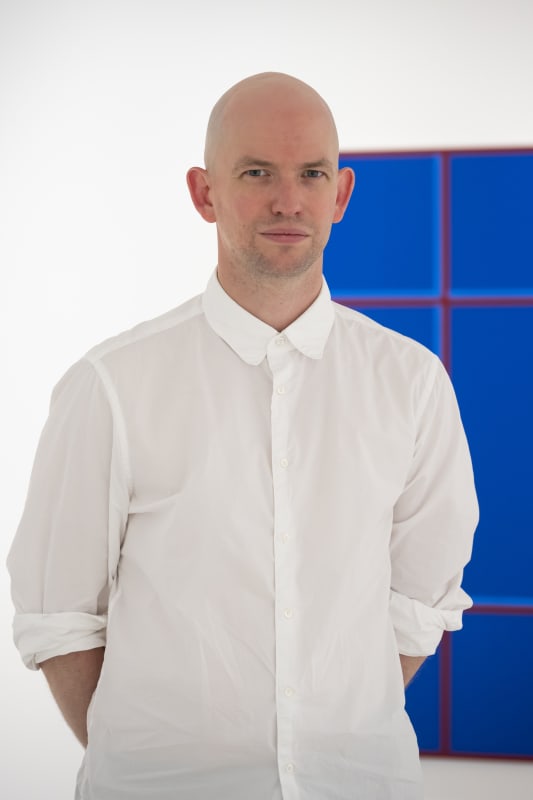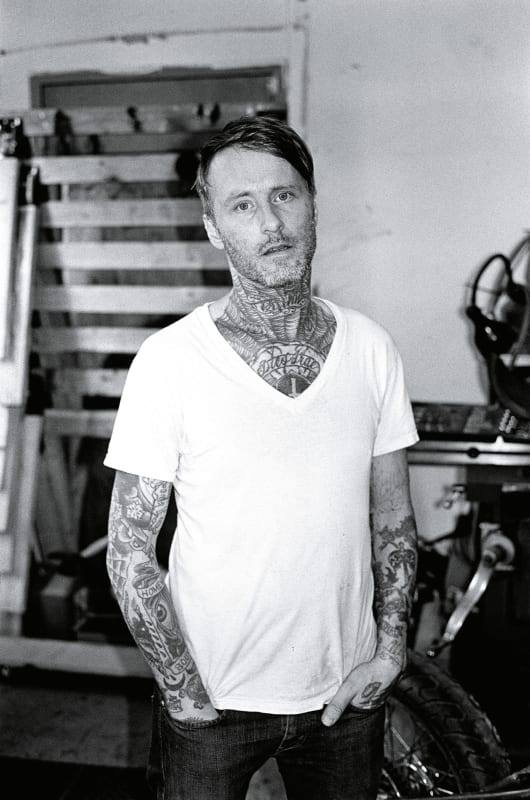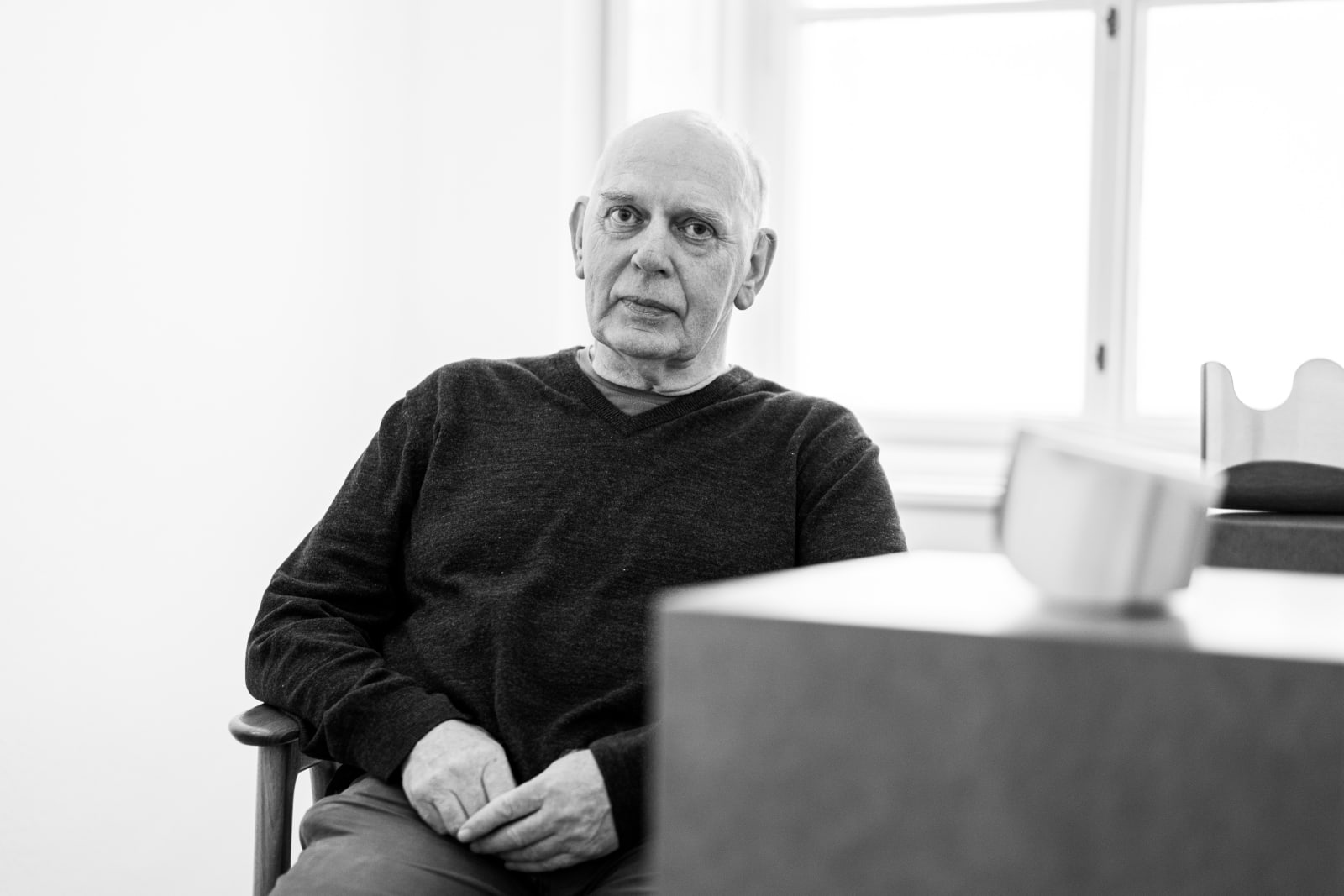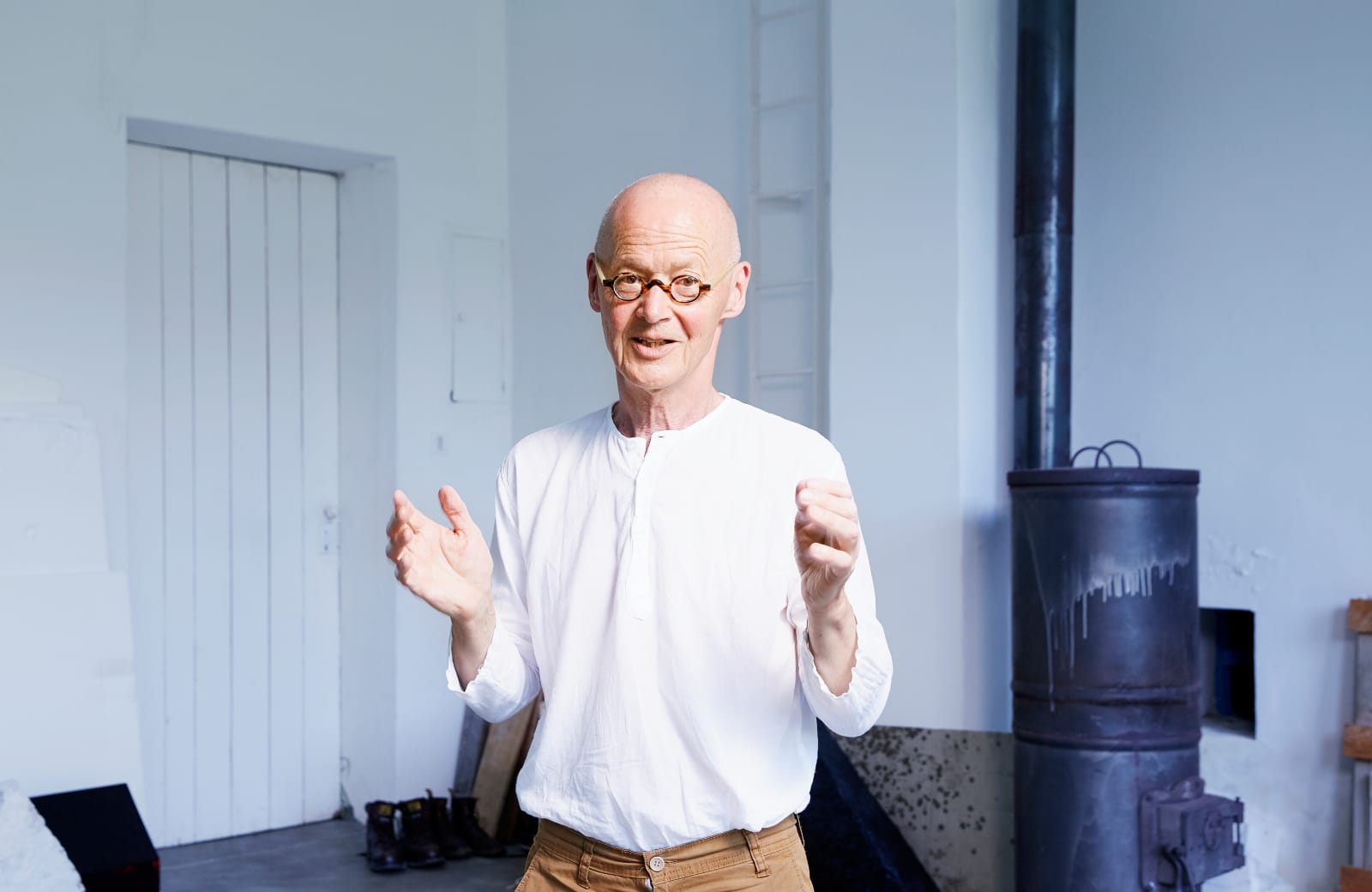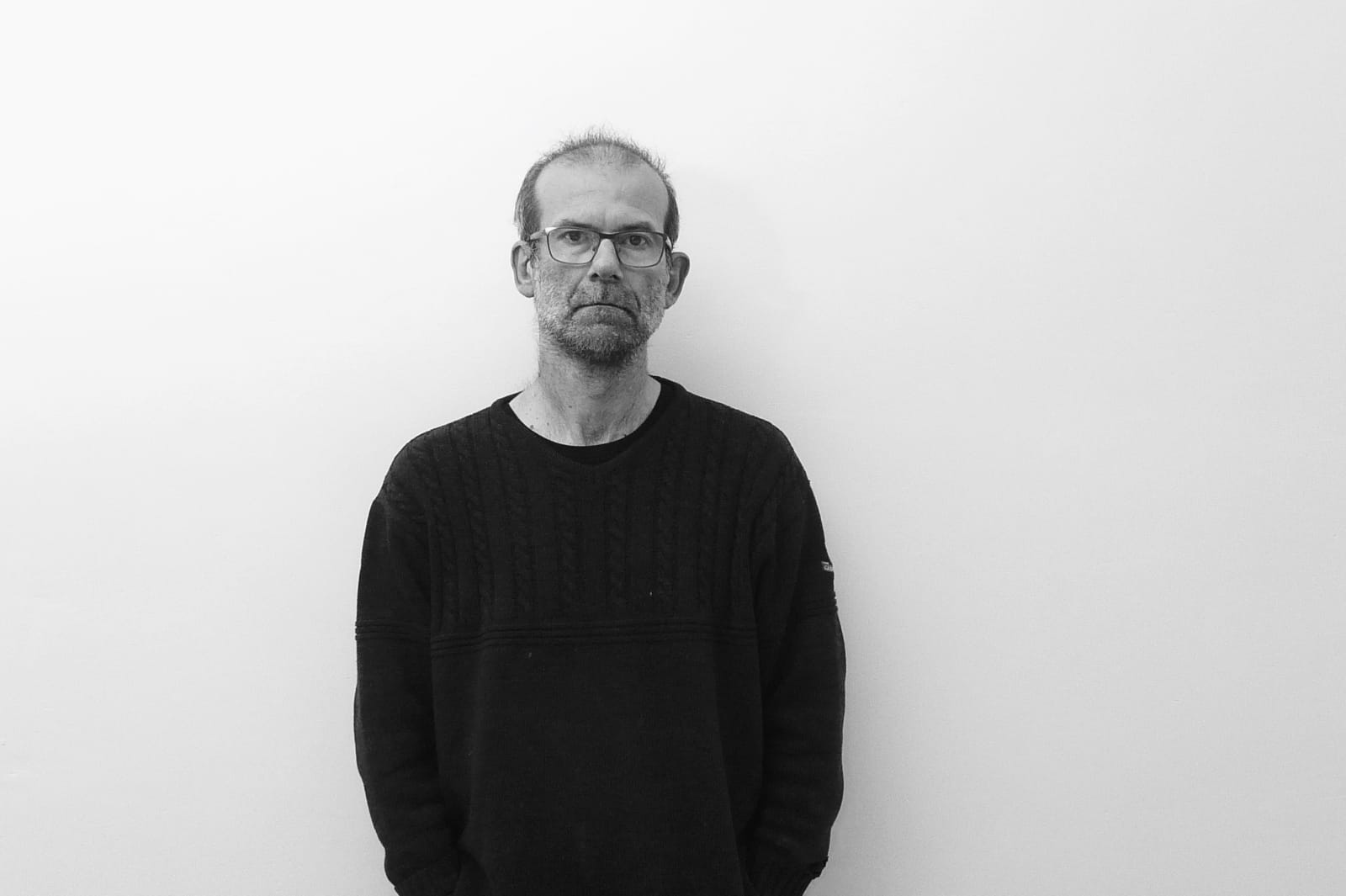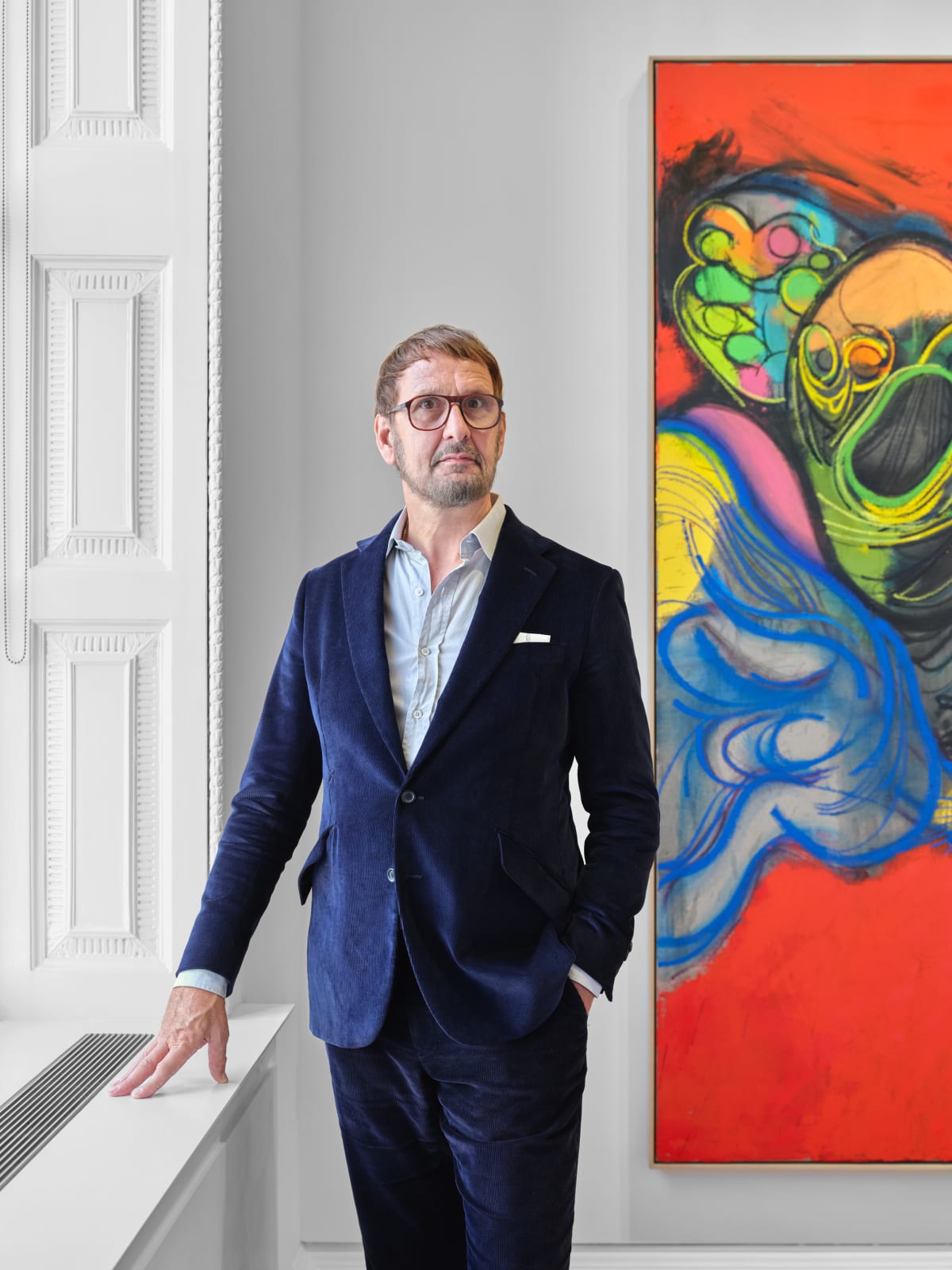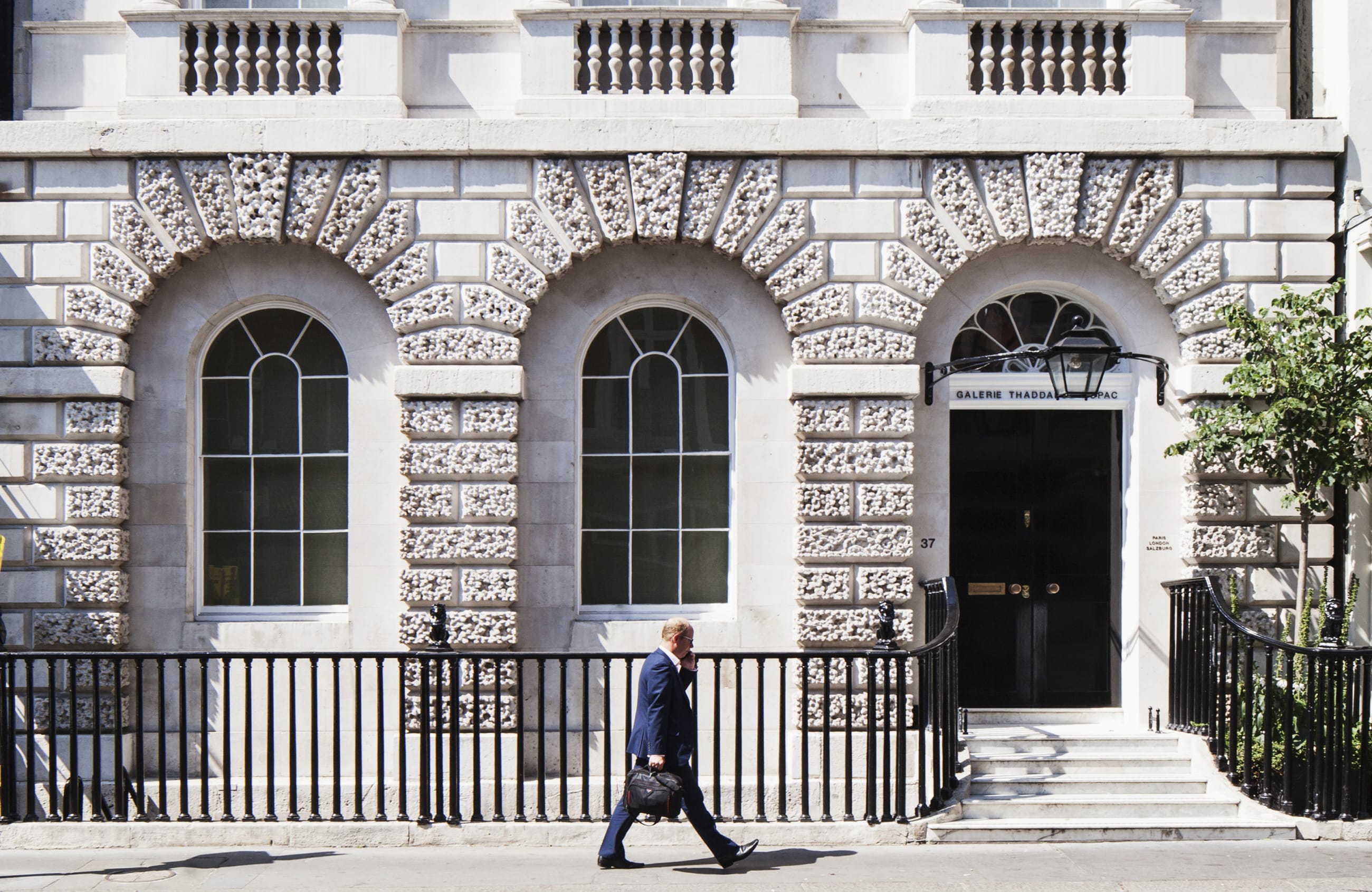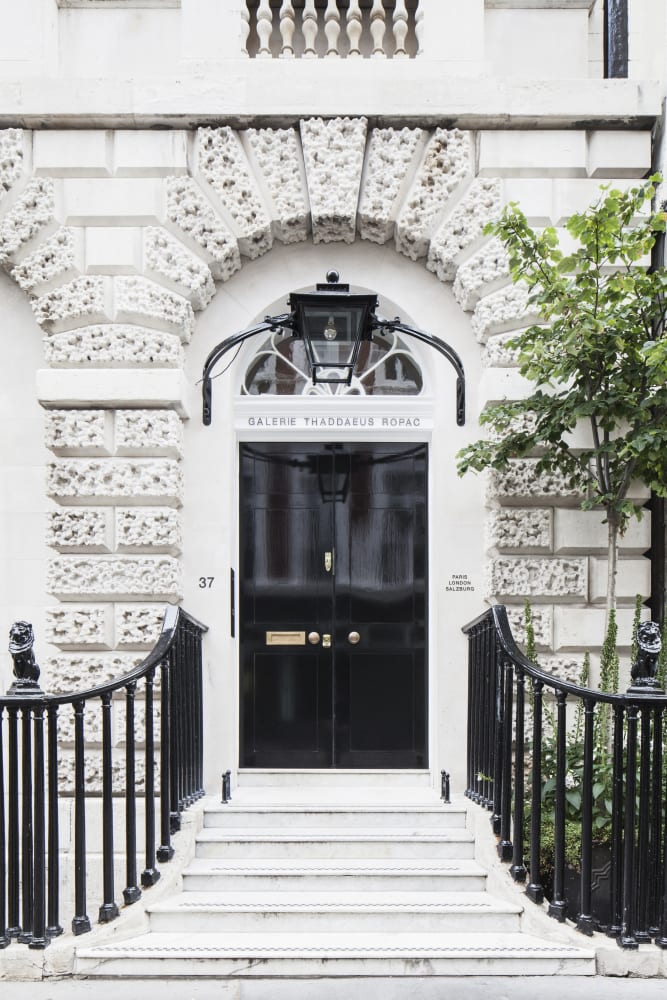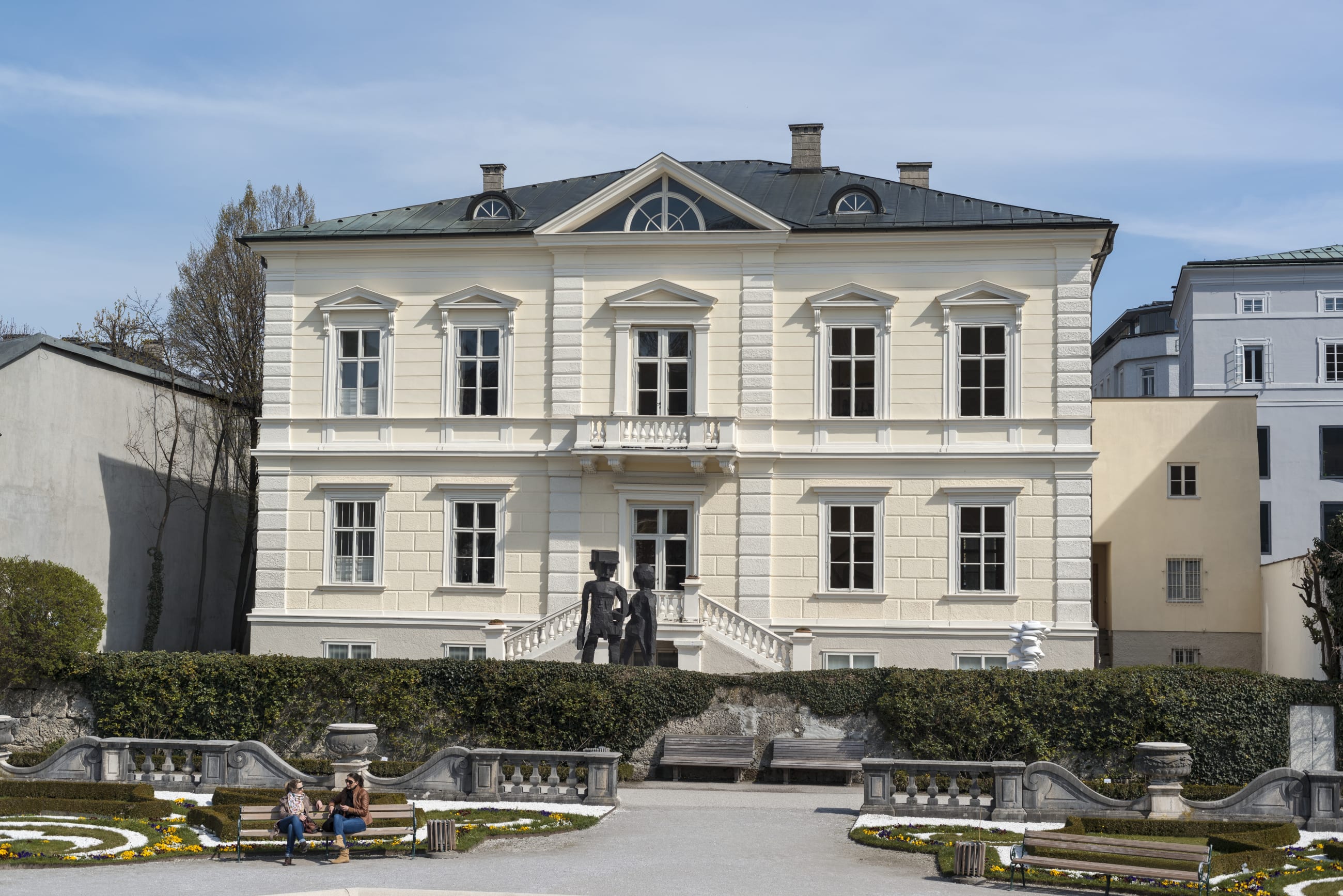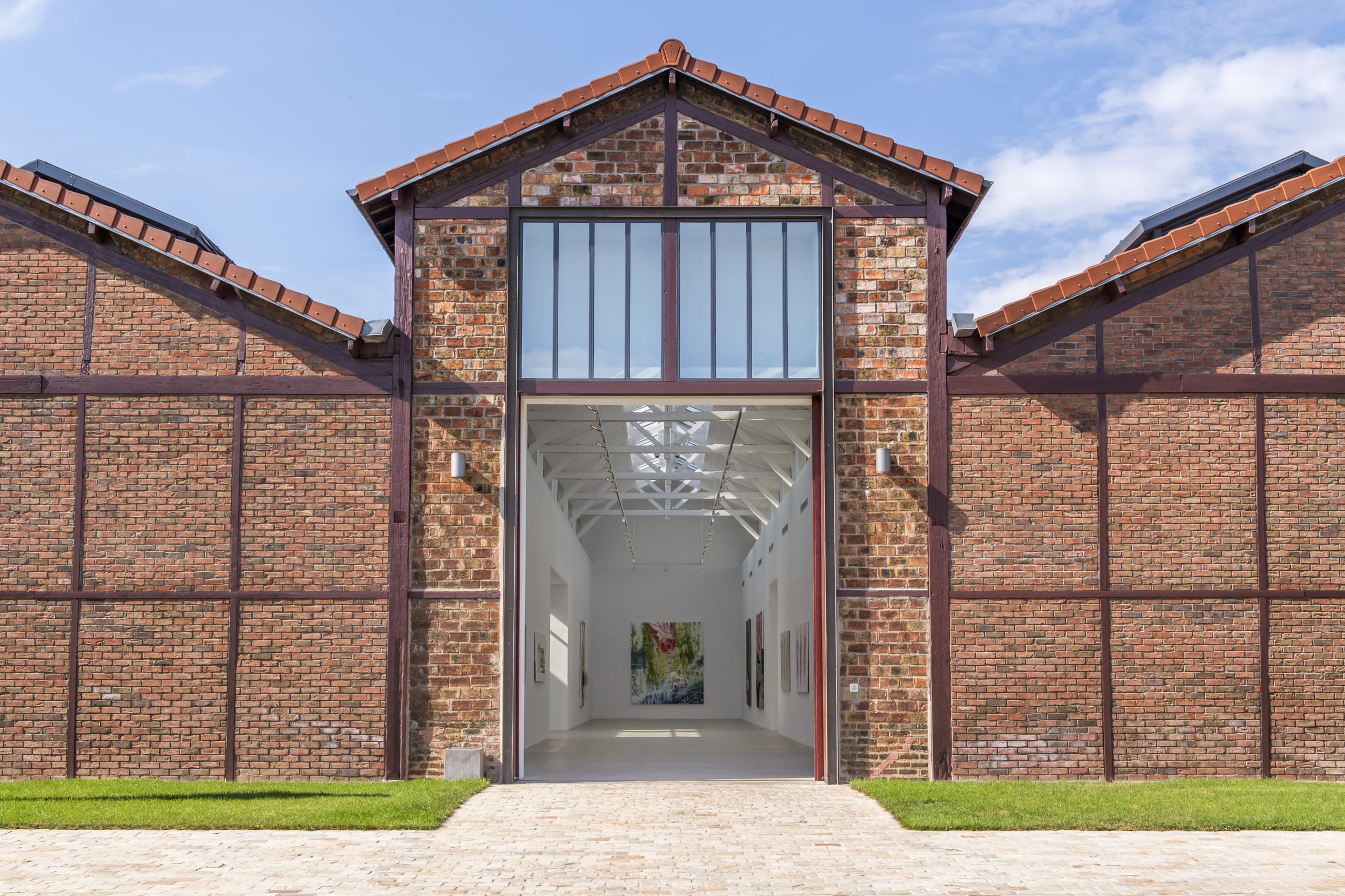In Her First Solo Museum Show, Jordan Casteel’s Humanizing Portraits Get Even Closer An interview with the artist
By Dodie Kazanjian
In 2012, Jordan Casteel and her mother drove across the country from Denver to New Haven, Connecticut, with a wooden easel in the back of a 2001 Subaru Outback. The easel was a gift from her corporate-lawyer father and soon made her a source of merriment among her savvier classmates at Yale’s School of Art, who knew that even figurative painters no longer used the rickety contraptions.
But nobody worked harder or learned faster than “Jordy.” “I was like a sponge,” she tells me as we sit in her Manhattan studio, where I’ve come to visit her on a brisk fall day. “I just wanted to learn everything from everyone.” Her receptiveness went beyond the classroom, extending to her family, specifically her two brothers. “I knew them as poets and writers and skateboarders and full human beings,” she says, “rather than what could be perceived by the world as different.”
She began making paintings of nude black men, and here her liberal-arts education “kicked in,” she says. She researched extensively, absorbing how the black male body had been sexualized and criminalized in this country. Her paintings would not show her subjects’ genitals, she decided. Skin tones merged pinks with browns, greens, and purples; perceiving blackness, her work implies, is not a simple matter. Above all, the emphasis is on individuality and humanity. In her large-scale portraits, subjects look you in the eye. Three years later, when she read Ta-Nehisi Coates’s Between the World and Me, a literary letter from the author to his young son, advising him on the beauty and danger of his skin color, she felt that Coates had “put words to something that I was doing in the paintings.”
Those nude portraits, exhibited in her first solo show, at New York gallery Sargent’s Daughters in 2014, three months after she graduated from Yale, launched Casteel’s career. Thelma Golden, the Studio Museum in Harlem’s dynamic director, saw the show, and in 2015 bestowed one of the highly coveted museum residencies on the then 27-year-old artist. The show also caught the eye of gallerist Casey Kaplan, who knew immediately that he wanted to work with her. Within two brief years, Casteel was recognized as one of the rising stars of her generation, making her mark in the ancient and decidedly unfashionable field of portrait painting—and, in the process, making it cool all over again. In 2017, New York magazine’s Jerry Saltz praised her “profound empathy for the inner lives and consciousness of her subjects,” and declared that she was “prepared to take a rightful place on the front lines of contemporary painting.”
At our first meeting, Casteel greets me at the door of her studio with a big hug. She’s much taller than I am—five feet ten or more—with close-cropped hair and oversize glasses, dressed in a brown hoodie and jeans. She had warned me that the studio was relatively empty because so much work had just been picked up for her first solo museum show, a 29-painting survey at the Denver Art Museum called “Jordan Casteel: Returning the Gaze,” which opens this month. “It’s a homecoming for me,” she says. “That’s where I was born.” The studio, which is far from empty, is clearly too small to contain Casteel, her bursting ambition, and her unused easel. A lot of bare canvases in various sizes lean against the walls, each with a photograph taped to it to indicate the image she has in mind. There’s also a large, nearly finished painting of a dapper gent in a straw hat and tan jacket, standing in front of a display of men’s shirts.














